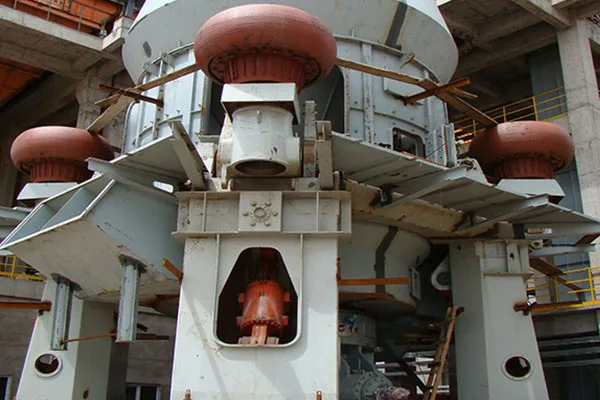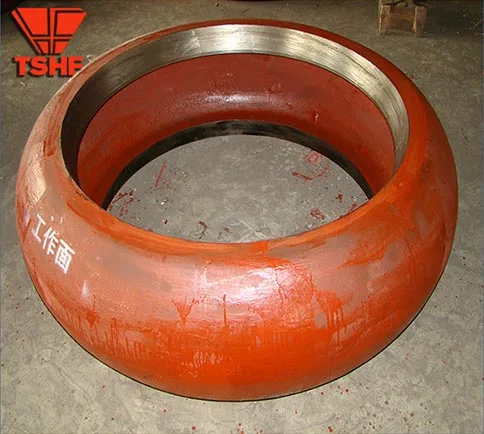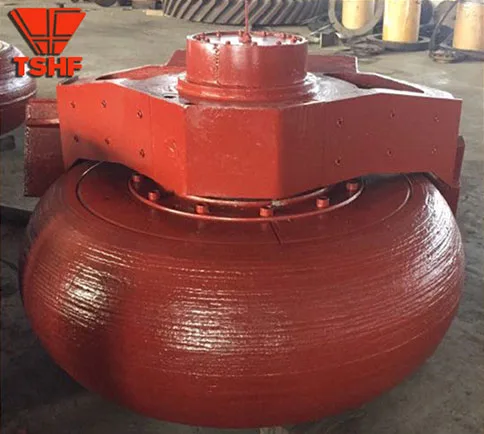Table of Contents
Introduction
If you’re managing coal milling operations or maintenance, minimizing Wear of Coal Mill Parts is vital for operational reliability, cost efficiency, and safety. Components such as grinding rollers, classifier liners, mill table plates, and journals are constantly exposed to abrasive coal particles. Excessive wear not only lowers grind efficiency but leads to unplanned downtime and high replacement costs.
In this blog, we’ll explore comprehensive strategies—from material selection and best practice operating parameters to proactive maintenance and alignment techniques—to help you extend part life and reduce the wear of coal mill parts. You’ll also learn how professional machining, onsite installation, and maintenance services support these improvements in real-life environments.

Common Types and Causes of Wear of Coal Mill Parts
High‑Wear Components in Coal Mills
Certain parts—like grinding rollers, table liner plates, classifier baskets, and bearings—are prone to rapid erosion. Coal often contains silica and hard rock fragments that can cause serious abrasion. Real industry records show some liner plates can wear at rates of over 2 mm per month without intervention.
Impact of Feed Size, Moisture, and Abrasives
Larger particle size and higher moisture elevate impact forces and sticky buildup. Maintenance data indicates that reducing particle size by 10% and controlling moisture content can extend liner life by up to 20% by lowering abrasive contact and adhesion.
Choose Optimal Materials and Surface Treatments
Upgrade Material Grade of Worn Parts
Wear-resistant alloys—like high-chrome white iron or martensitic steel with carbide reinforcement—deliver higher abrasion resistance. Field tests report a 30–50% reduction in wear when switching to high-chrome liners compared with standard cast steel components.
Hardfacing, Coatings, and Overlay Welds
Applying overlay techniques, such as tungsten carbide or hard-chrome hardfacing, significantly enhances surface hardness. Rollers treated to 60–65 HRC often exhibit extended service life and slower wear progression.
Optimize Operating Conditions to Minimize Wear
Balanced Mill Speed and Feed Load
Over-speeding or overloading increases impact stress on component surfaces. Operating mills within recommended speed and load ranges helps reduce shock and premature erosion.
Control of Feed Moisture and Particle Distribution
Dry and finely crushed feed avoids clumping and localized abrasion. Controlled coal feeding—coupled with moisture regulation—prevents stuck zones and uneven wear on liners and rollers.

Maintenance, Alignment, and Wear Monitoring Practices
Routine Inspection and Wear Mapping
Regular visual and measurement inspections allow wear pattern identification and proactive planning. A wear mapping system tracking liner, roller, and classifier thickness helps schedule timely replacements before catastrophic failures.
Precise Alignment and Balance Checks
Misalignment or imbalance in rotating assemblies causes uneven wear. Precision alignment during installation and periodic balancing extend service intervals and maintain grinding efficiency.
Predictive Tools and Preventive Programs
Installation of Wear and Condition Monitoring Sensors
Aligning sensors—like vibration monitors, thermal imaging, or wear probes—enables early detection of abnormal conditions. Facilities using condition monitoring report over 40% fewer surprise breakdowns tied to wear.
Scheduled Part Rotation and Service Intervals
Implement a rotation plan for rollers or liners (like tire rotation in vehicles) to distribute wear evenly. This simple tactic can extend part life by 15–20% and improve overall machine balance.
Comparison Table: Strategies to Reduce Wear of Coal Mill Parts
| Strategy | Description | Effect on Wear of Coal Mill Parts |
|---|---|---|
| Material upgrade / hardfacing | High-chrome alloys or carbide overlays | 30–50% wear reduction |
| Feed optimization | Control particle size and moisture | Up to 20% lifespan extension |
| Speed and load control | Follow recommended mill parameters | Lower impact wear |
| Inspection & alignment | Scheduled condition checks and mechanical tuning | More even wear, timely intervention |
| Condition monitoring | Sensors and trend analysis | Over 40% fewer unexpected failures |
| Part rotation program | Periodic repositioning of rollers/liners | 15–20% extended cycle life |

Training, Workflow Tools, and Team Integration
Staff Training in Wear Reduction Practices
Your maintenance and operations teams benefit from training in installation techniques, alignment checks, inspection routines, and wear-based decision-making. Visual planning tools, such as overlaying wear maps or schematics on an interactive touch whiteboard, help coordinate maintenance meetings or shift briefings.
Standardized Procedures and Documentation
Document SOPs for liner change, roller installation, feed correction, and inspection schedules. Visual workflow boards help ensure consistency, reduce errors, and improve accountability.
Conclusion
Reducing the Wear of Coal Mill Parts requires an integrated approach: selecting proper materials, controlling operational conditions, implementing precise alignment, using predictive monitoring, and rotating parts strategically. With professional machining, onsite installation, and timely maintenance support from our team, you can significantly extend component life, reduce downtime, and improve grinding efficiency.
If you’re ready to optimize wear control and elevate your mill performance, contact us today for expert guidance, parts support, and on-site service solutions.
FAQ
Is high-chrome alloy always the best choice for wear resistance?
In abrasive applications, yes—its hardness limits wear. Balance cost and weldability based on operation severity.
Can hardfacing be applied on-site to worn parts?
Yes—overlay welding can extend part life without full replacement. Proper skilled welders and alignment verification are key.
How often should you check part alignment?
During each maintenance shutdown or every 200–400 operational hours, adjust for alignment and balance to reduce wear.
Do sensors really reduce wear-related failures?
Absolutely—real-world examples show over 40% fewer unplanned breakdowns when predictive sensors are used.
Will rotating coal mill parts really help extend service?
Yes—rotating service parts helps even out wear and improves stability, making replacement intervals longer and maintenance smoother.

